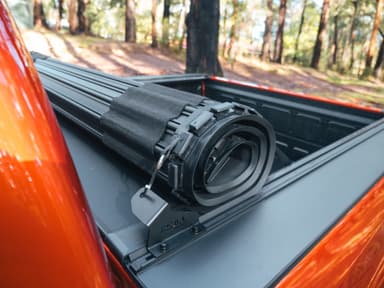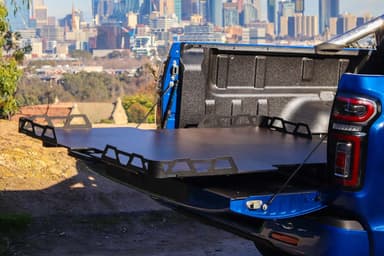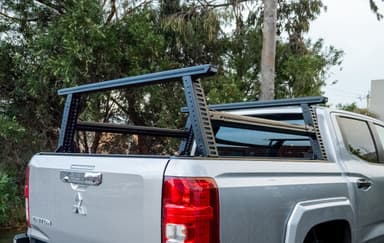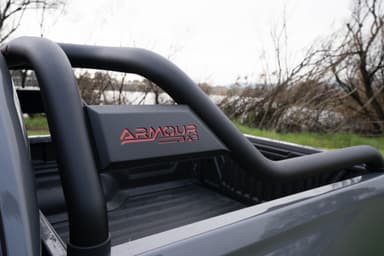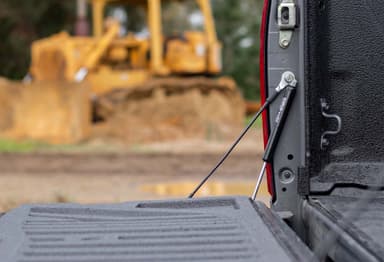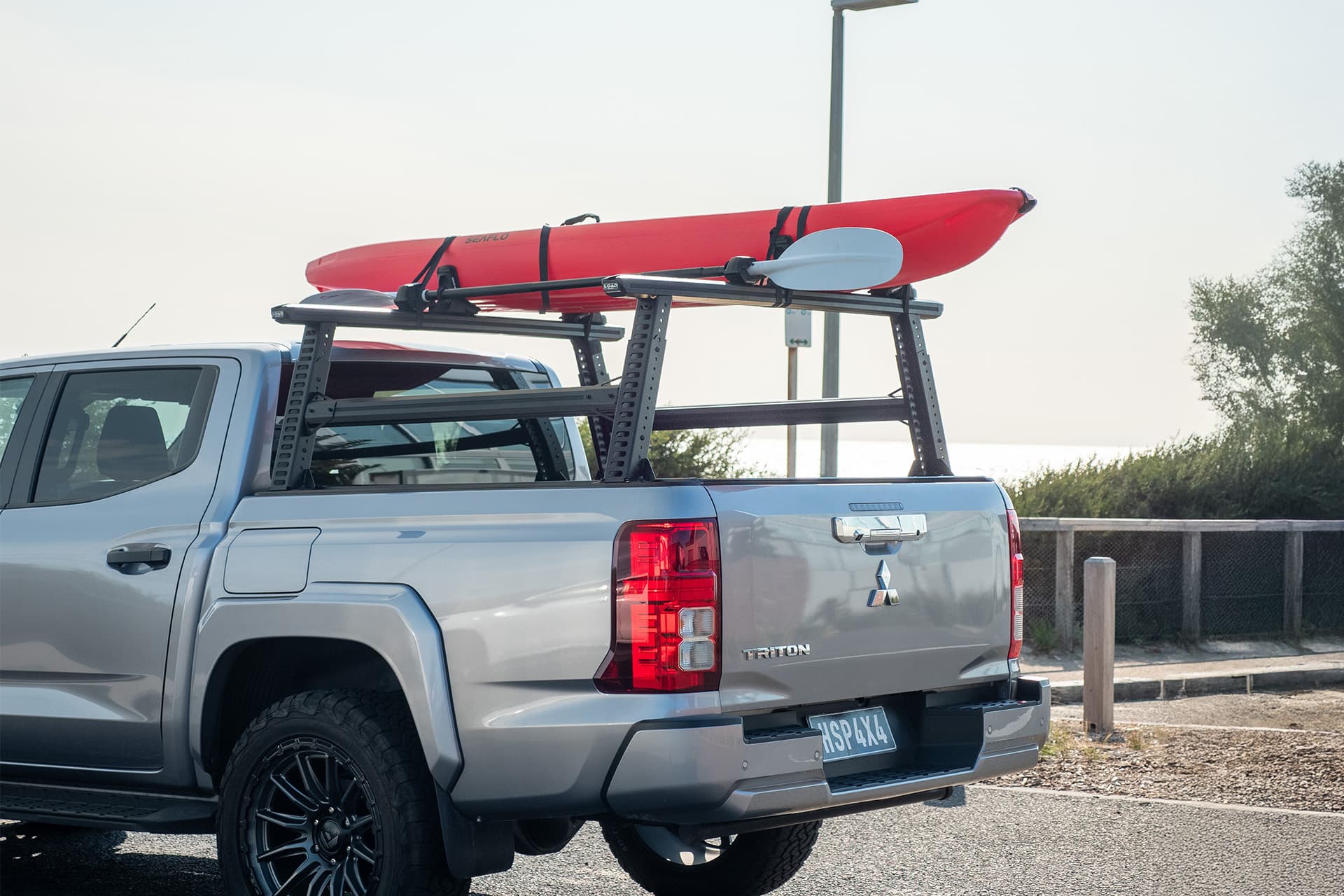
Understanding the Difference Between Static and Dynamic Load Capacities for Ute Accessories
When it comes to modifying your ute for work or adventure, understanding load capacities is crucial when purchasing accessories. Two terms often mentioned are “static” and “dynamic” loads. But what do they really mean, and how do they affect your vehicle’s performance? In this article, we will explore the differences between static and dynamic load […]
When it comes to modifying your ute for work or adventure, understanding load capacities is crucial when purchasing accessories. Two terms often mentioned are “static” and “dynamic” loads. But what do they really mean, and how do they affect your vehicle’s performance? In this article, we will explore the differences between static and dynamic load capacities, the benefits of each, and how the HSP Vehicle Accessories Load Bar, Load Rack JNR which is our ute tub rack, and Load Rack Pro can help maximise your ute’s capabilities in load carrying.
What is Static Load Capacity?

Static load refers to the amount of weight your vehicle can bear while stationary. This includes loads placed on top of your ute, when the vehicle is not in motion. For example, when you park your ute and load it with camping gear, the total weight supported by the vehicle is its static load. This is also good for determining the weight your rooftop tent can hold with the weight of the tent as well as the people sleeping inside.
Benefits of Static Load Capacity
- Greater load limits: Utes can handle a higher static load than dynamic load because the vehicle isn’t moving, reducing the stress on the suspension and chassis.
- Perfect for camping or job sites: If you’re setting up a rooftop tent or carrying tools, static load capacity allows for more weight, making it ideal for situations where your ute remains stationary for extended periods.
What is Dynamic Load Capacity?

Dynamic load, on the other hand, refers to the weight your vehicle can support while in motion. This includes the impact forces from driving on uneven terrain, turning corners, or braking. Dynamic load capacity is always lower than static load capacity due to the additional forces acting on the load, which place more strain on the vehicle’s structure and suspension.
Benefits of Dynamic Load Capacity
- Safe operation on the go: A proper understanding of dynamic load ensures you don’t overload your vehicle, especially when driving off-road or over rough surfaces.
- Protection of vehicle components: Adhering to dynamic load limits helps prolong the life of your suspension, chassis, and tires, reducing wear and tear.
Key Differences Between Static and Dynamic Loads
Understanding the key differences between static and dynamic load capacities is essential for safe and efficient use of your ute. Here’s a breakdown:
| Feature | Static Load Capacity | Dynamic Load Capacity |
| Definition | Weight supported when the vehicle is stationary | Weight supported when the vehicle is moving |
| Capacity Range | Higher than dynamic load | Lower than static load |
| Applicable Situations | Rooftop tents with people inside, parked vehicles, stationary work sites | Carrying loads in motion, various offroading & 4×4 products/ accessories use this to outline weights when driving |
| Impact on Vehicle | Less strain on suspension and chassis | Greater strain due to forces during motion |
Why You Need to Know the Difference:
Failing to account for dynamic load limits can be dangerous. For instance, a ute loaded beyond its dynamic capacity may struggle to handle turns or brake effectively, leading to accidents. Overloading can also damage your vehicle’s suspension and other components.
On the other hand, understanding static load capacity ensures that you can fully utilise your ute when it is stationary without worrying about exceeding its safe limits.
HSP 4×4 Products: Maximising Your Ute’s Dynamic Load Capacity
HSP Vehicle Accessories products are designed with both static and dynamic load capacities in mind, helping you make the most of your ute in every situation.
The HSP Load Bar
The HSP Load Bar is engineered to handle up to 80Kg of dynamic and 200Kg of static weight capacity, making it a versatile cross bar to any utes tub. Whether you’re mounting camping equipment or carrying extra gear, the Load Bar maximises the utility of your tub, even when moving. Its durable design means it can bear significant static loads while also performing well under dynamic conditions, such as driving on rough terrain.

HSP Load Rack Pro
The HSP Load Rack Pro & Load Rack JNR is ideal for roof top tents and those who need to carry ladders, long materials, or other larger equipment. Purpose built for strength and stability, it excels under static conditions with a 300Kg weight capacity, but is also built to accommodate 150 Kg of dynamic loads, making it suitable for tradespeople and adventurers alike. It’s also adjustable, making it even more useful, as well as purchasable in a full kit, or just a rear & front ladder rack application. (NOTE: The listed weight capacity is only for a complete kit)

📞 Call us at 1300 441 498
📩 Request a callback here

